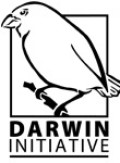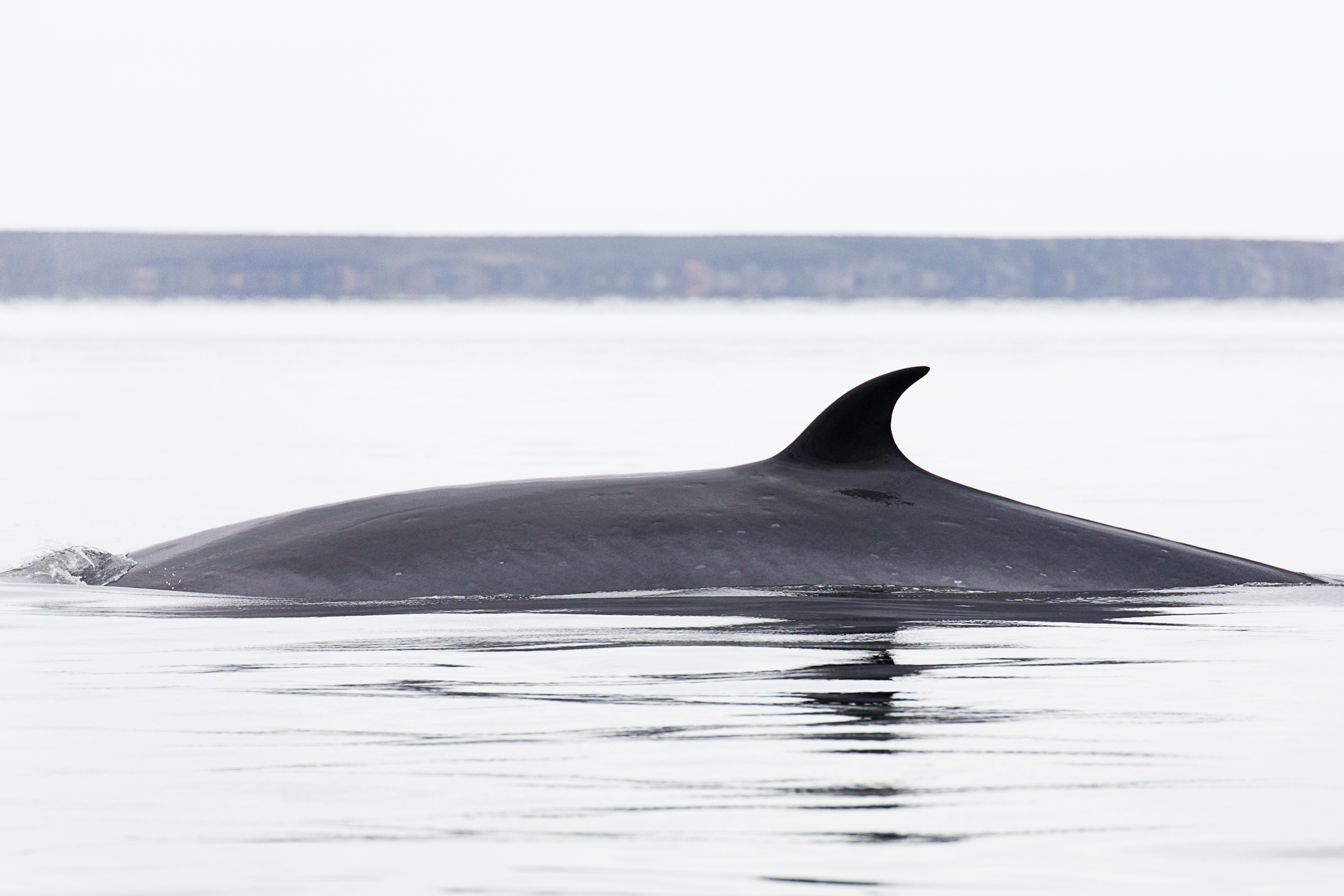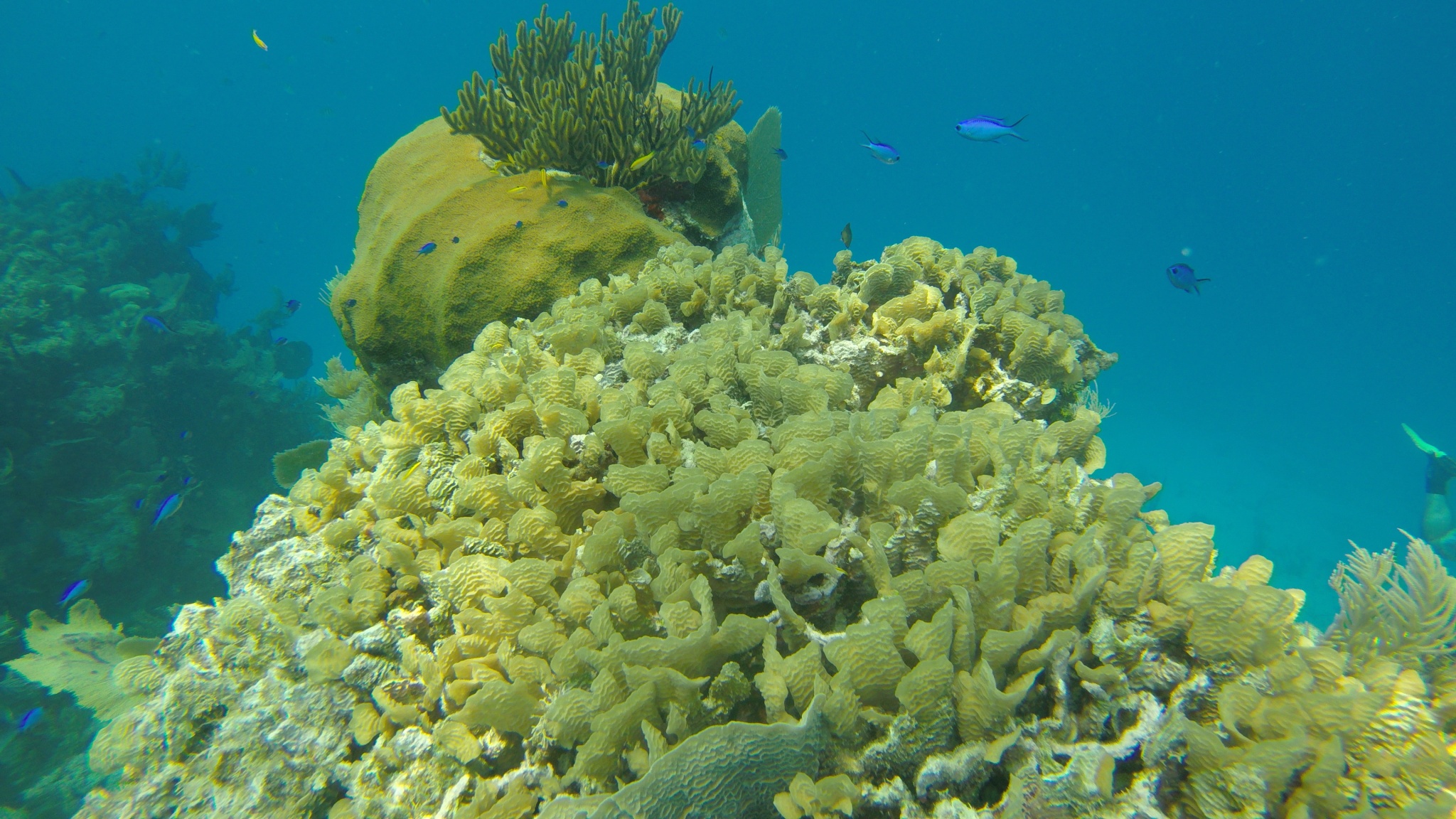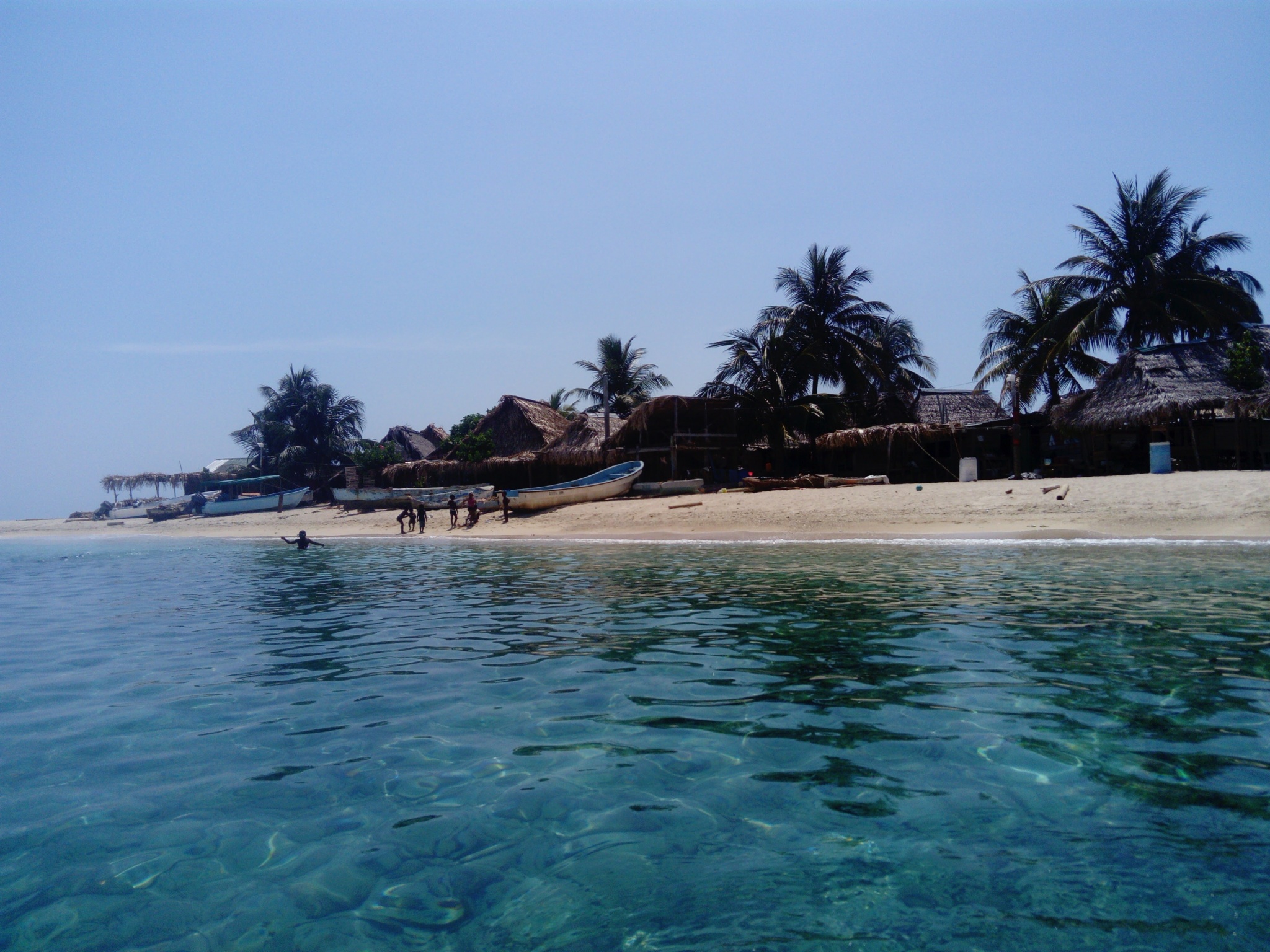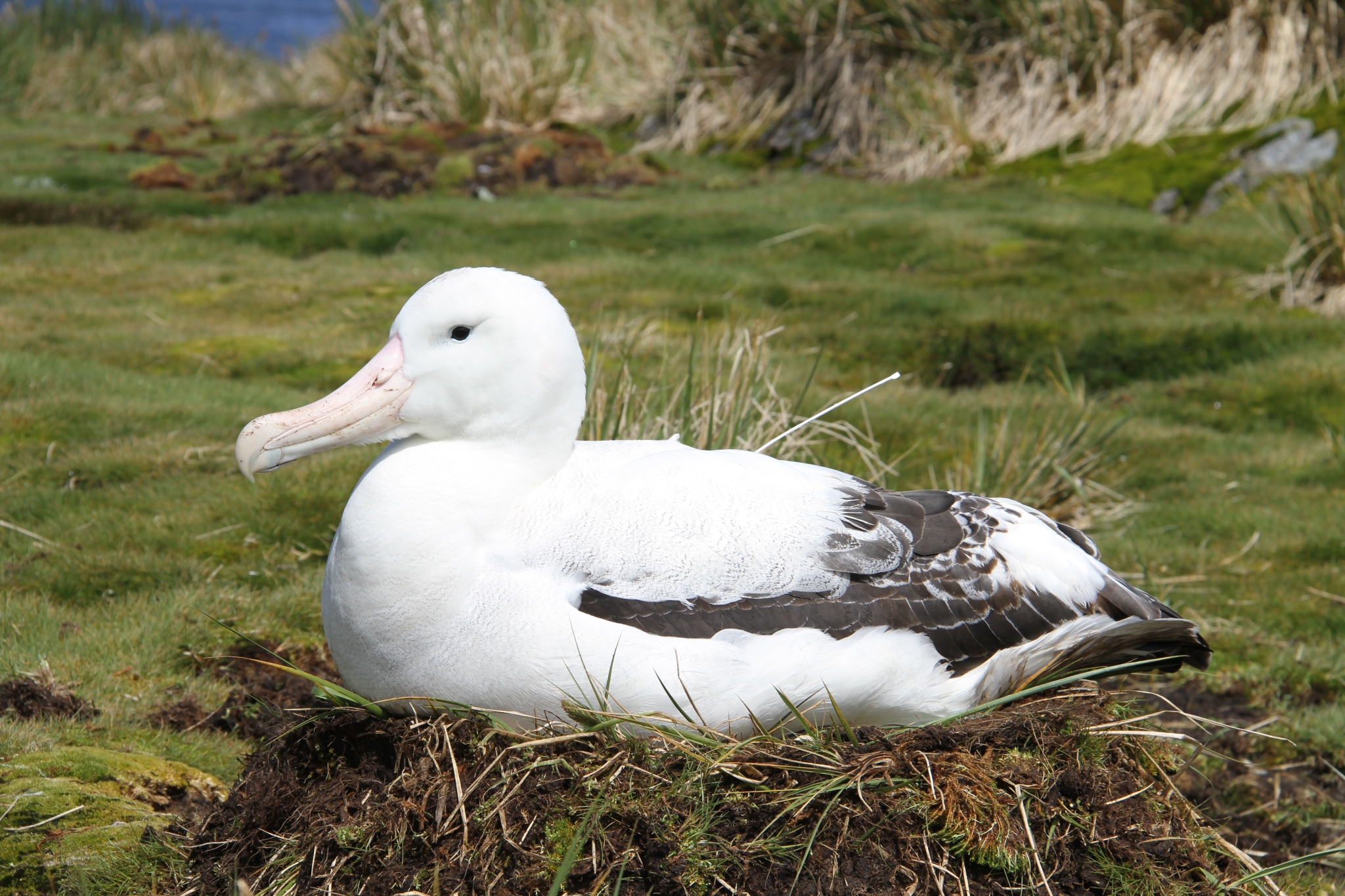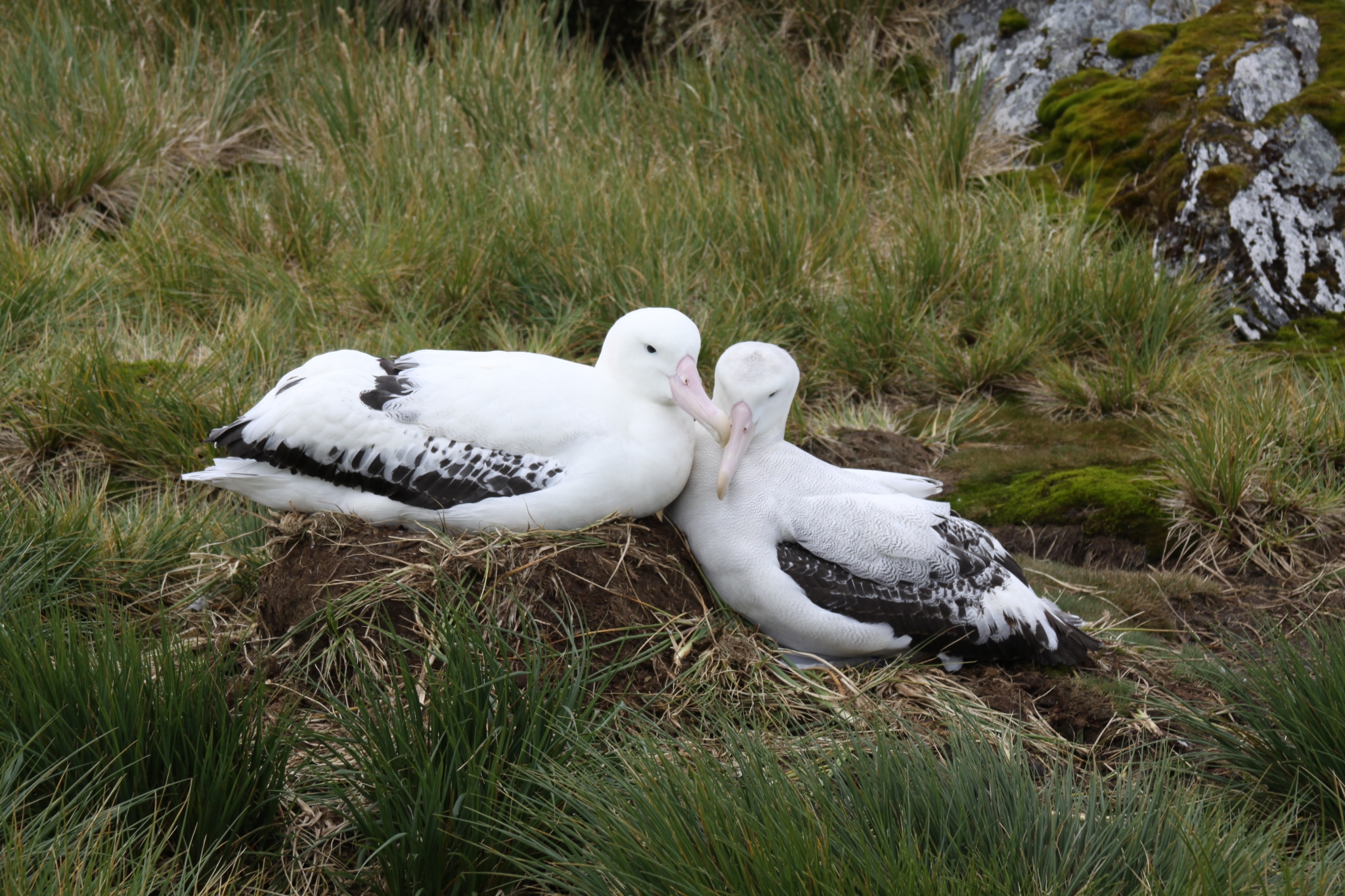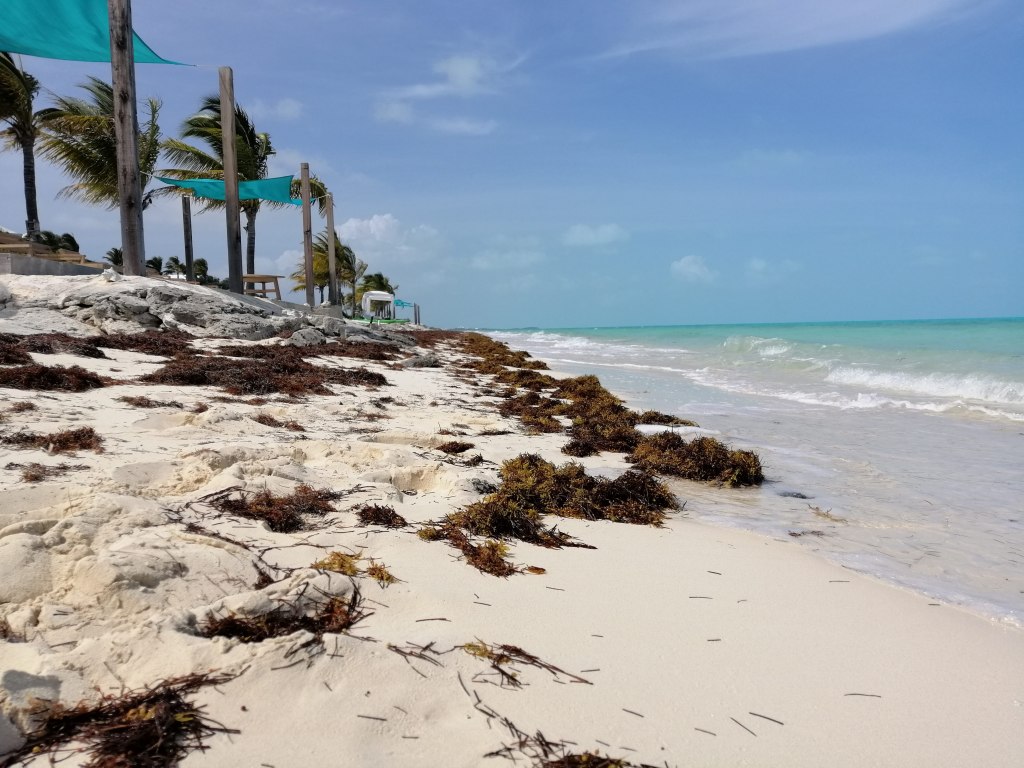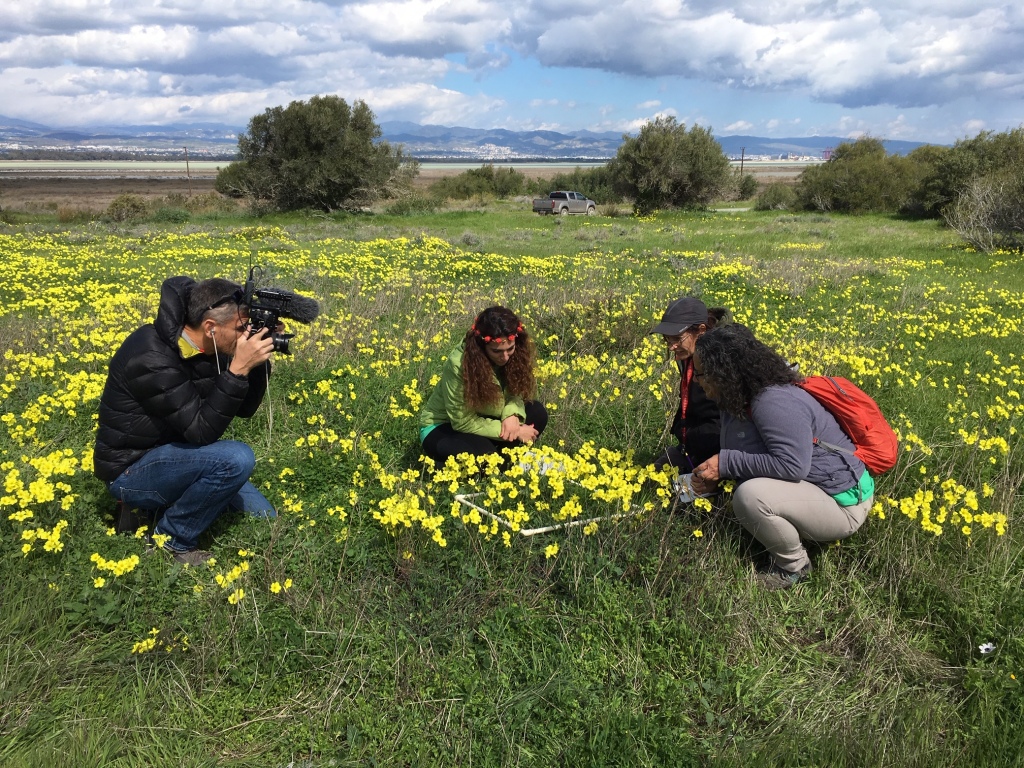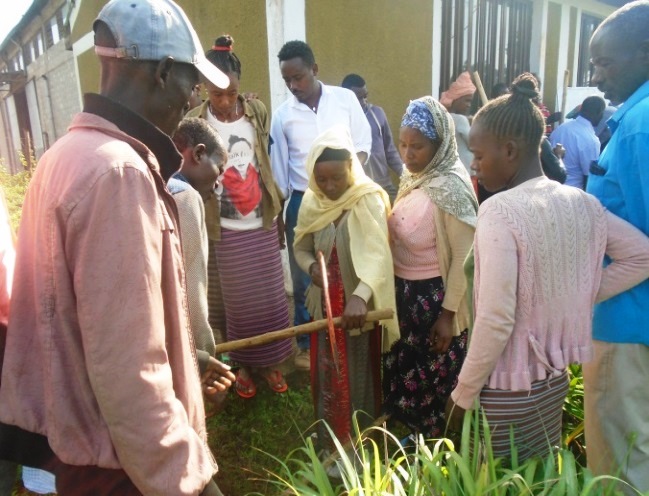This blog series outlines the challenges faced by projects during the global pandemic and celebrates the efforts that many have taken to ensure that the health and safety of target communities and wildlife populations are prioritised to prevent the spread. In our final post of the series we hear from a project working in the Falkland Islands and how they managed to complete soil mapping despite the border closures and social distancing measures.
We hope that you have enjoyed this series so far, if you would like to read the entire series please follow these links for the first and second blog posts.
Soil mapping and social distancing
In 2018 our project based in the Falkland Islands began and just over two years later is soon coming to an end. It was led by the Falklands-based South Atlantic Environmental Research Institute (SAERI) in collaboration with the Falkland Islands Government’s Department of Agriculture, James Hutton Institute, UK Falkland Islands Trust, UK Centre for Ecology and Hydrology, the Natural History Museum and the University of Magallanes. The aim of the project was to deliver a national soil map and tools for sustainable land management as well as provide baseline data to be used to mitigate and adapt to climate change. It is thought that climate change is bringing about changes in soil and peat properties in the Falkland Islands, which may have detrimental consequences for carbon storage, biodiversity and land management. In order to monitor the anticipated impact, the project established a baseline for peat and erosion extent, among many other soil property layers.

Digital soil mapping was carried out with data collected on topography, geology and habitat classification. The fieldwork took the team to about 200 survey point across the entire Falkland Islands, many of them in remote locations, which could only be accessed by a long hike or with off-road vehicles. Fortunately, the fieldwork and lab work for the soil maps were completed before the onset of the global Covid-19 pandemic. However the timing of the final soil modelling was not so lucky and was scheduled to start right at the beginning of the pandemic. Project partner Dr. Matt Aitkenhead at the James Hutton Institute, who ran the soil modelling, reports on how Covid-19 impacted on his workflow: “The soil mapping component of the project was already done with a fair degree of social distancing prior to the Covid-19 pandemic.
Project partner Dr. Matt Aitkenhead at the James Hutton Institute, who ran the soil modelling, reports on how Covid-19 impacted on his workflow: “The soil mapping component of the project was already done with a fair degree of social distancing prior to the Covid-19 pandemic. From my comfortable office in Aberdeen, I would receive a steady stream of data, queries and requests from 13,000 kilometres away in the Falkland Islands. Never having been to the Falklands, this meant a slight sense of separation from the difficulties the field team had to go through. When I moved my office to my bedroom in March I realised just how much I had relied on access to good internet and relatively high computing performance. Using an elderly laptop and WiFi with 300 kbps bandwidth, the mapping became more of a challenge. The main workaround for this was to connect remotely to a server at work. This meant I could generate models at home and run them from a server with faster access to the vast repository of spatial data generated prior to lockdown – there was no way that data was going to fit on my laptop! A further challenge was the demand on our remote servers, which made them slightly erratic, causing my code to crash every couple of hours. So I had to work out how to avoid creating maps in one big code run, instead making the system pick up from where the last crash had ended and then stitching multiple pieces of map together – about as much fun as it sounds”.
Hard work and perseverance paid off and the soil maps are now available on SAERI’s webGIS. The project also had a strong stakeholder engagement element and raised awareness locally on climate change impacts on soils and land management. Denise Blake, Falkland Islands Government’s Environmental Officer and Policy Advisor states: “In a predominantly agricultural landscape, knowledge of our soils underpins sustainable management. From an environmental point of view, mapping our soils ensures that we can work towards maintaining their health, not just for carbon storage, but for the life they support on our islands”.

Internet connection can be a challenge in the Falkland Islands and online maps may not be accessible to everyone at any time, through stakeholder engagement it was revealed that there was an interest in offline maps in addition to the webGIS. To accommodate the request, local landowners also received layered pdf files with farm-specific soil maps alongside an interpretation guide to aid them with understanding and application of the maps. The soil maps provided will hopefully aid in directing land management towards a sustainable future.
For more information on project DPLUS083 led by SAERI working in Falkland Islands please click here. To read the full article from this project and others that were featured in the September 2020 edition of the newsletter, please click here.
